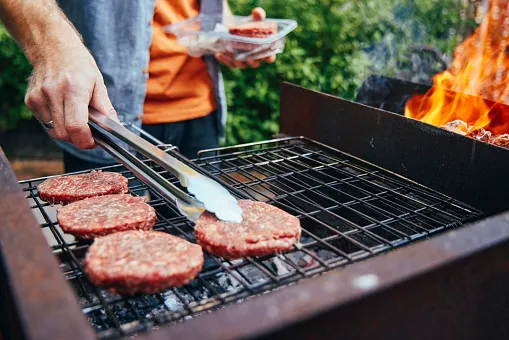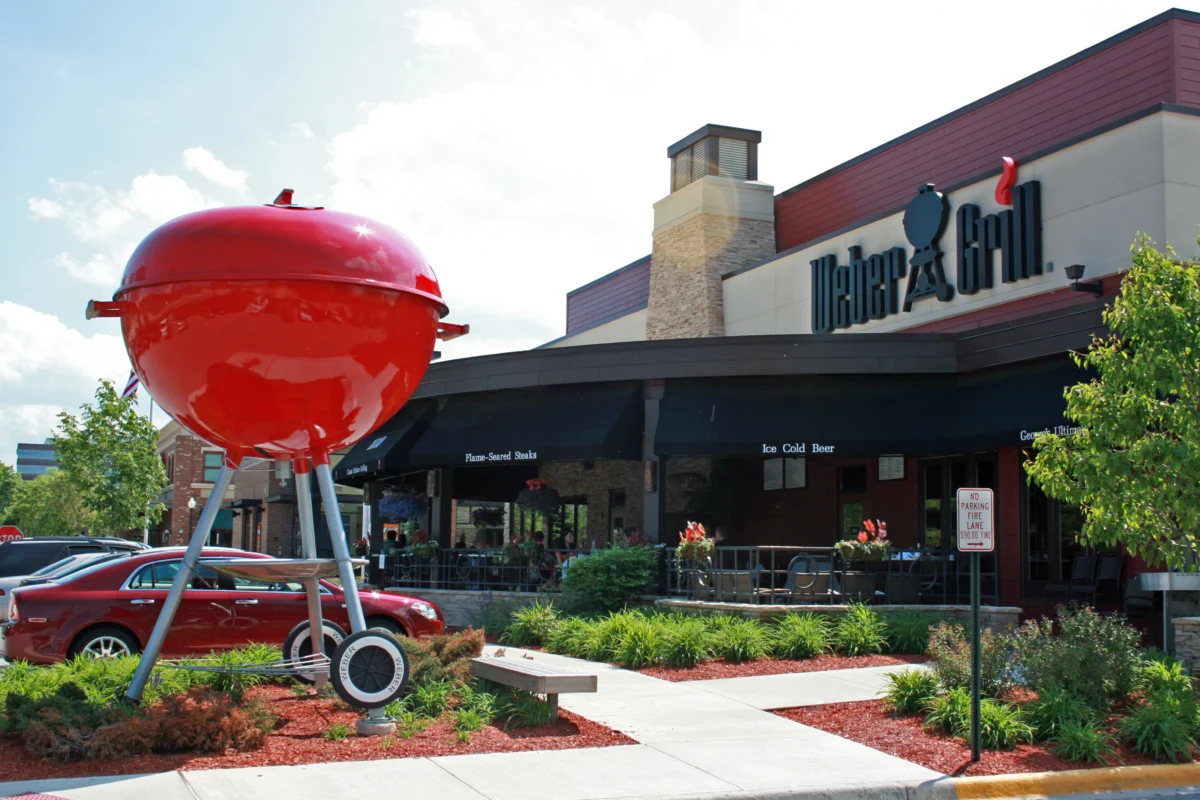Cooking chicken is a staple in many households, but it is important to ensure that the chicken is cooked to the appropriate internal temperature to avoid foodborne illnesses. The recommended internal temperature for cooked chicken is 165°F (74°C), according to the USDA’s Food Safety and Inspection Service (FSIS). This temperature applies to whole chicken, chicken parts, ground poultry, and stuffing.

To achieve the correct internal temperature, it is important to use an instant-read thermometer and probe the chicken in the thickest part of the meat. It is also important to make sure the thermometer is not touching bone, air, or fat, as this can lead to a faulty reading. Additionally, it is important to allow the chicken to rest for a few minutes after cooking to allow the temperature to even out and ensure that it is fully cooked. By following these guidelines, you can ensure that your chicken is cooked to the appropriate internal temperature and safe to eat.
Why Internal Temperature Matters
The Importance of Safe Cooking Temperatures
Cooking chicken to the right internal temperature is crucial for food safety. Consuming undercooked chicken can lead to foodborne illness caused by harmful bacteria like E. coli, Salmonella, and Campylobacter. According to the USDA, the safe minimum internal temperature for chicken is 165°F (74°C). This temperature recommendation applies to most cuts of chicken, including breasts, thighs, drumsticks, wings, and whole chickens.
It is important to note that relying on physical indicators of doneness, like the color of the meat or the juices being clear, is not enough to ensure that the chicken is safe to eat. Using a food thermometer to measure the internal temperature of the chicken is the only reliable way to ensure that it has reached the safe temperature.
How to Measure Internal Temperature
To measure the internal temperature of chicken, use a food thermometer. Insert the thermometer into the thickest part of the meat, making sure it is not touching bone or a pocket of air or fat, which can give you a faulty reading. Wait a few seconds for the temperature to stabilize, and then read the temperature on the thermometer.
There are two types of food thermometers: digital and analog. Digital thermometers are more reliable and accurate than analog ones. Some digital thermometers even have a remote probe, which allows you to monitor the temperature of the chicken without opening the oven or grill.
Here are some tips and tricks for using a food thermometer to measure the internal temperature of chicken:
- Clean the thermometer with hot, soapy water before and after each use.
- Always insert the thermometer into the thickest part of the meat.
- Wait a few seconds for the temperature to stabilize before reading it.
- Check the temperature in multiple spots to ensure that the chicken is cooked evenly.
- If the chicken is stuffed, make sure to measure the temperature of the stuffing as well.
- If the chicken is cooked on a grill, make sure to measure the temperature in multiple spots, as the temperature can vary across the grill.
In conclusion, cooking chicken to the right internal temperature is crucial for food safety. Using a food thermometer to measure the internal temperature of the chicken is the only reliable way to ensure that it has reached the safe temperature. By following these tips and tricks, you can cook chicken to the right temperature every time, and reduce the risk of foodborne illness.
Cooking Chicken
When it comes to cooking chicken, it is essential to ensure that it is cooked to the proper internal temperature to prevent the risk of salmonella. The USDA recommends cooking chicken to an internal temperature of 165°F for at least 30 seconds. However, it is also important not to overcook the chicken, as it can result in dry meat.
Cooking Chicken Thighs and Breasts
Chicken thighs and breasts are the most commonly used parts of the chicken in recipes. To ensure that they are cooked to perfection, use an instant-read thermometer to check the internal temperature. For boneless chicken breasts, cook them at 350°F for 20-30 minutes, until they reach an internal temperature of 165°F. For bone-in chicken breasts, cook them at 350°F for 35-45 minutes, until they reach an internal temperature of 165°F. For chicken thighs, cook them at 375°F for 25-35 minutes, until they reach an internal temperature of 165°F.
Cooking Whole Chicken
Cooking a whole chicken can be a bit more challenging than cooking chicken parts. To ensure that it is cooked evenly, cook it at 350°F for 20 minutes per pound, until it reaches an internal temperature of 165°F. To ensure that the chicken is juicy, let it rest for at least 10-15 minutes before carving.
Cooking Chicken Legs and Wings
Chicken legs and wings are perfect for grilling or roasting. To grill chicken legs and wings, preheat the grill to medium-high heat and cook for 25-30 minutes, flipping occasionally, until they reach an internal temperature of 165°F. To roast chicken legs and wings, cook them at 375°F for 35-45 minutes, until they reach an internal temperature of 165°F.
Cooking Bone-In vs. Boneless Chicken
Bone-in chicken takes longer to cook than boneless chicken because bones slow down the cooking process. However, bone-in chicken is juicier and has more flavor than boneless chicken. To cook bone-in chicken, add 15-20 minutes to the cooking time compared to boneless chicken.
When cooking boneless chicken, it is essential to cook it to the proper internal temperature to prevent overcooking and drying out the meat. Boneless chicken cooks faster than bone-in chicken, so it is essential to monitor the internal temperature regularly.
In summary, cooking chicken to the proper internal temperature is crucial to ensure that it is safe to eat and flavorful. Use an instant-read thermometer to check the internal temperature and avoid overcooking the chicken. Let the chicken rest for at least 10-15 minutes before carving to allow the juices to redistribute, resulting in moist and juicy meat. Refrigerate any leftovers promptly to prevent bacterial growth.
Food Safety Tips
When it comes to cooking chicken, it’s important to prioritize food safety to avoid the risk of food poisoning. Here are some essential tips to keep in mind:
Storing and Handling Raw Chicken
Properly storing and handling raw chicken is crucial to preventing the growth of harmful bacteria. Follow these tips:
- Refrigerate raw chicken as soon as possible, ideally within two hours of purchasing or preparing it.
- Store raw chicken in a leak-proof container on the bottom shelf of the refrigerator to prevent any juices from contaminating other foods.
- Use a separate cutting board and utensils for raw chicken to avoid cross-contamination.
- Wash your hands thoroughly with soap and water before and after handling raw chicken.
Cooking Leftovers
If you have leftover cooked chicken, it’s important to reheat it to a safe temperature to kill any bacteria that may have grown. Follow these guidelines:
- Reheat leftovers to an internal temperature of 165°F.
- Use a food thermometer to ensure the internal temperature has been reached.
- Only reheat leftovers once and discard any leftovers that have been sitting at room temperature for more than two hours.
Avoiding Cross-Contamination
Cross-contamination can occur when bacteria from raw chicken come into contact with other foods. Follow these tips to avoid cross-contamination:

- Use separate cutting boards and utensils for raw chicken and other foods.
- Thoroughly clean and sanitize any surfaces that come into contact with raw chicken.
- Avoid placing cooked chicken back onto the same plate or surface that held raw chicken.
« Best Charcoal Grills for Your Beach House: Top Picks for Outdoor Cooking
Internal Temperature for Pork: How to Ensure Safe and Delicious Meat »
By following these food safety tips, you can ensure that your chicken dishes are not only delicious but also safe to eat.
Conclusion
In conclusion, cooking chicken to the correct internal temperature is crucial for ensuring that it is safe to eat and free from harmful bacteria such as Salmonella and E. coli. The ideal internal temperature for cooked chicken is 165°F (74°C), according to the USDA’s Food Safety and Inspection Service (FSIS).
Cooking chicken to this temperature will result in tender meat that is easy to eat. However, cooking chicken to higher internal temperatures, such as 175°F or 185°F, can result in drier, tougher meat due to the breakdown of collagen in the meat. Therefore, it is best to stick to the recommended internal temperature of 165°F.
It is important to note that relying on physical indicators of doneness, such as the color of the meat or the juices running clear, is not a reliable method for determining if chicken is fully cooked. Always use a food thermometer to check the internal temperature of the chicken to ensure it is safe to eat.
In summary, cooking chicken to the correct internal temperature of 165°F will result in safe, tender meat that is free from harmful bacteria. By using a food thermometer, you can ensure that your chicken is cooked to the correct temperature every time.













